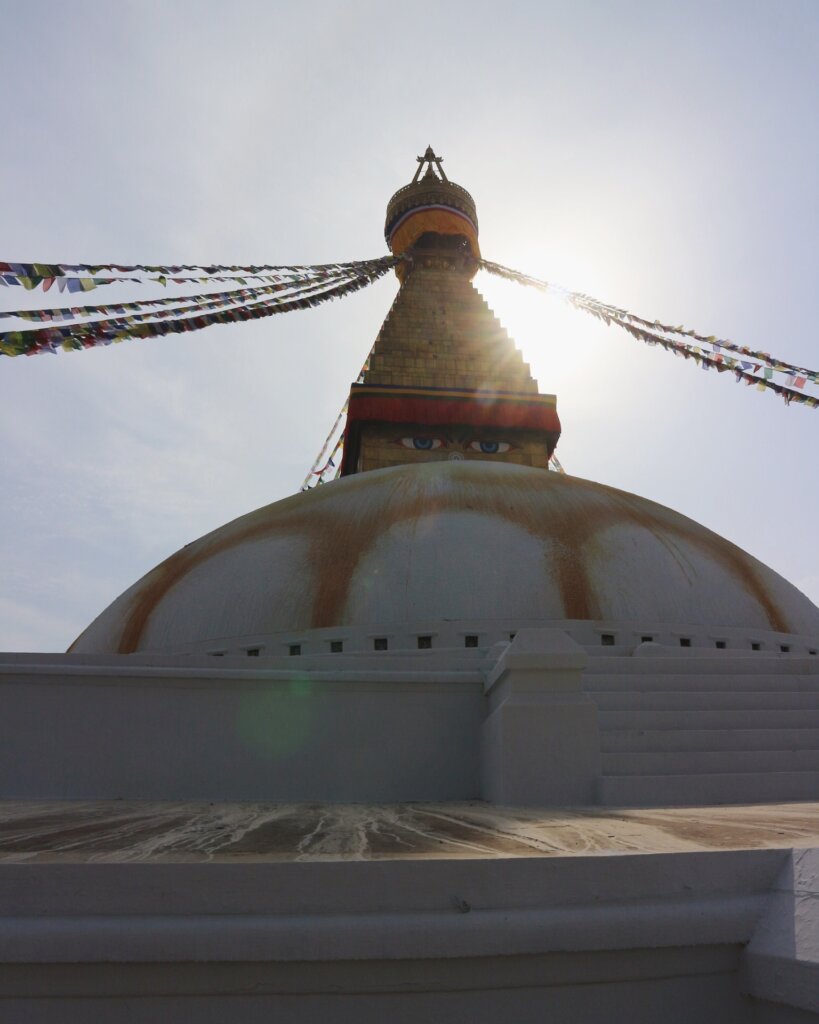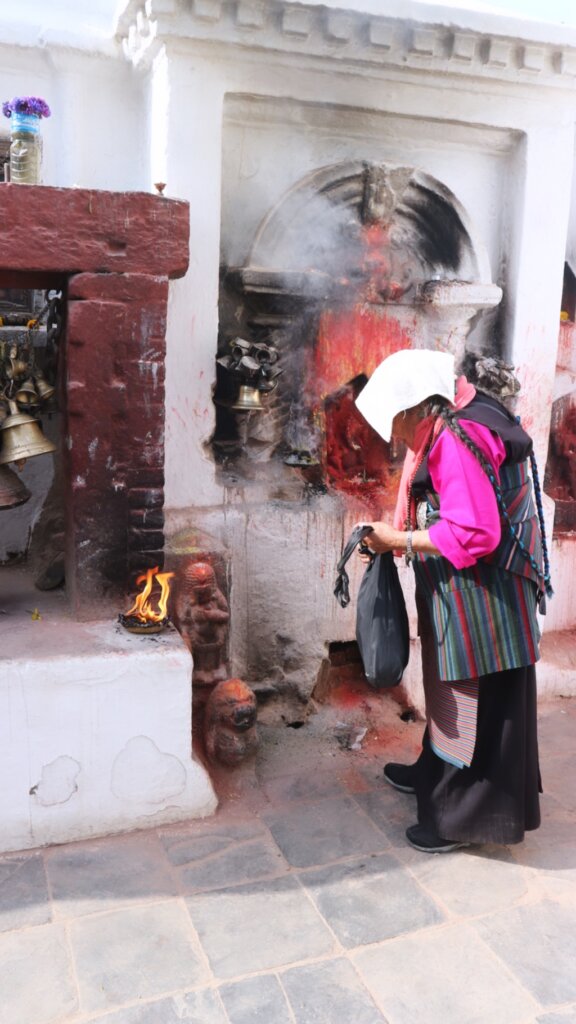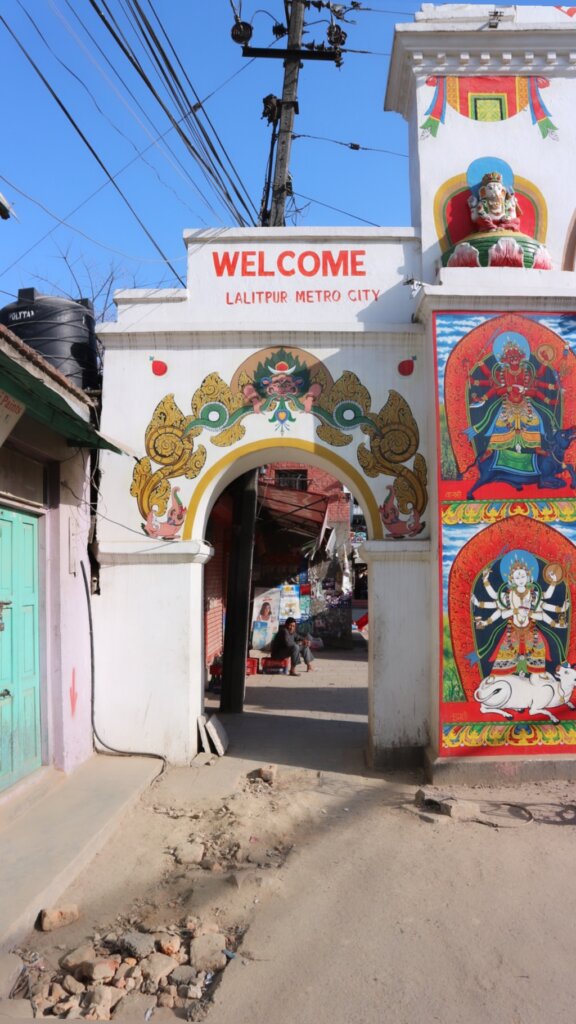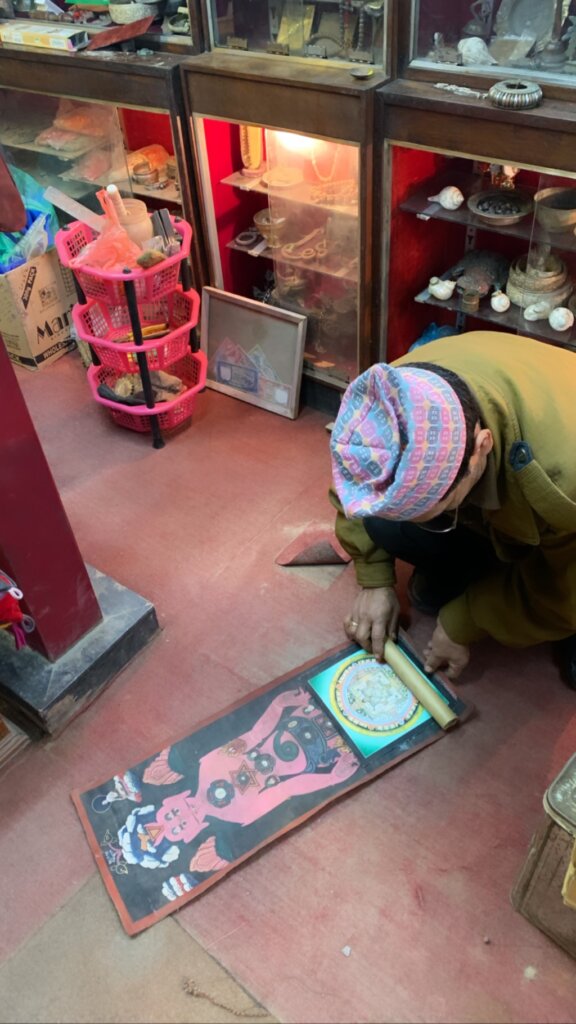05.04.2019
Designers
Mae Engelgeer visits Nepal
Dutch designer Mae Engelgeer traveled to Kathmandu to visit our atelier before Milan Design Week to see the new colors and the finishing touches of the new additions to the Bliss collection. She answered some of our questions about her experience:
– What was your first impression when you landed in Kathmandu?
I think the smell was what I expected as I’ve traveled to India before. The smell of spices, dry air, industry, this gave me the immediate impression that I was there, the same feelings, you know? I got excited about the things that I was going to see.
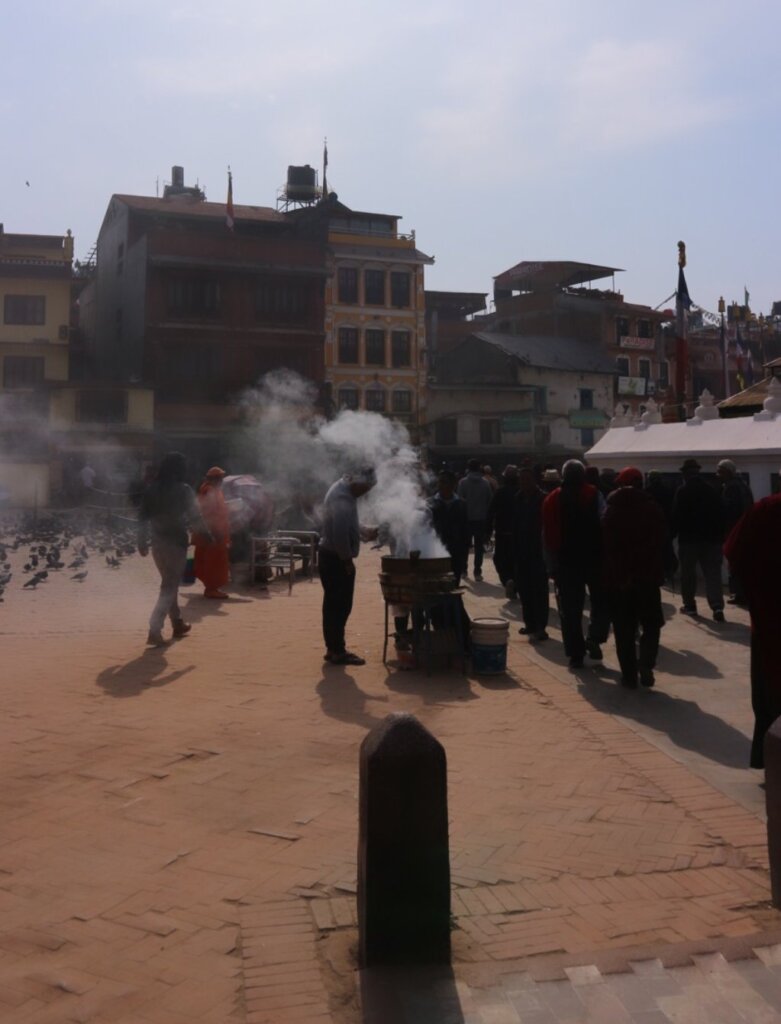
– You work a lot with textiles but had you ever been to a Nepalese rug atelier before?
I do work a lot with textiles but I had never been into a Nepalese rug atelier before. In a way it was as I expected, it was great to see the whole process. For almost all of my products I know where they are produced, I’ve been to the factory, I’ve stood next to the machines… so this experience was missing. That’s one of the reasons I wanted to go and see it for myself, to get a closer look at the whole process.
Now it all seems more alive, I have seen the craftsmen hand-knotting, the master of colors dying the yarns, the finishings, I’ve become more respectful of this special process.
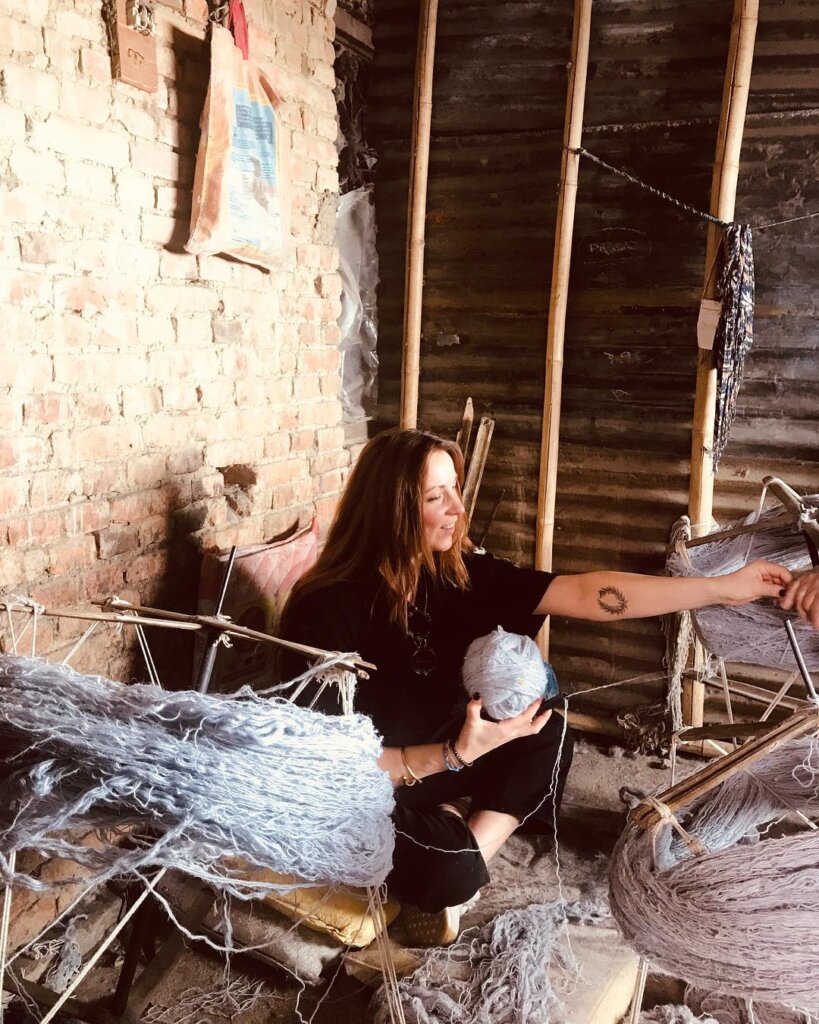
– You had the chance to learn the Tibetan hand-knotting technique, how different is it from other weaving techniques that you know.
I mostly work with Jacquard weaving which I like very much, it’s quite fast and I can stand next to the machine, I can easily change the yarn, go back to the computer and change the design, and weave again. In the end you have a bunch of samples, I really use the process to develop the project to get to the final design. In hand-knotting it’s different, you need to know how and what you want the design to look like before, so it was a great chance to see that, it was very different from what I’m used to.
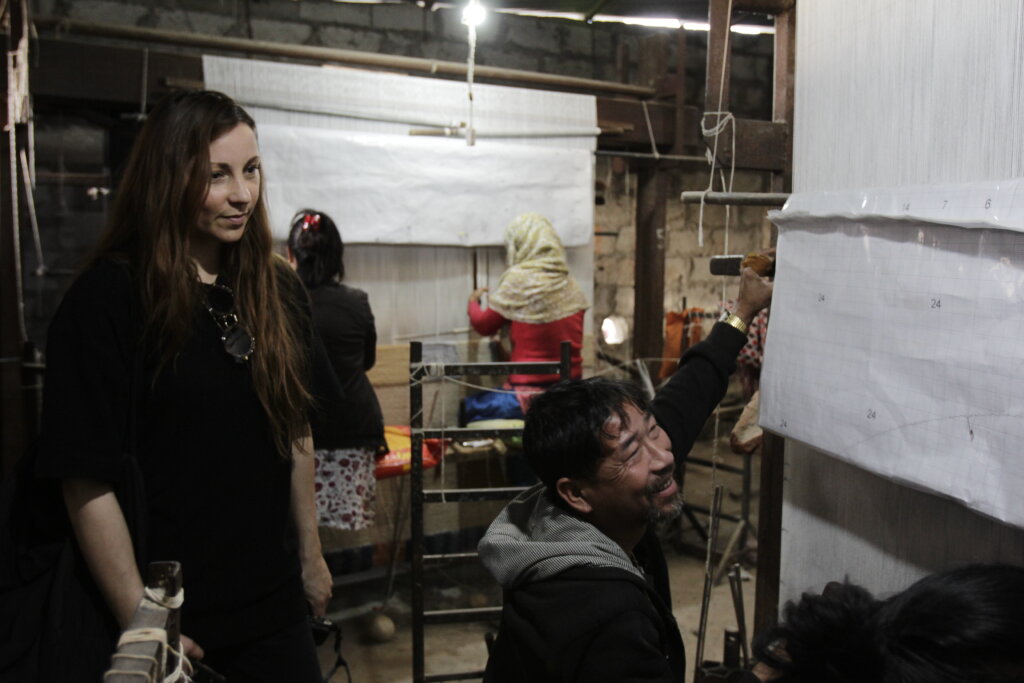
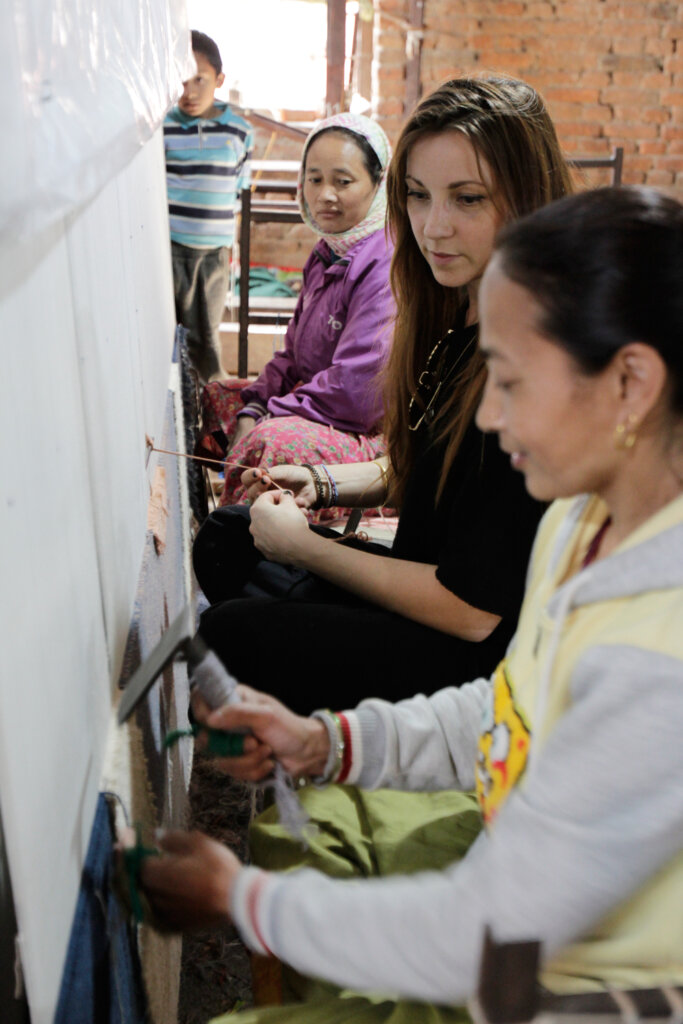
– Which is the part of the process of creating a rug you most liked and why?
Of all the processes I’ve seen it’s quite difficult to choose because every single process is necessary to arrive at the final aesthetic. What I really enjoyed was to see how the cutting, the trimming and how the final marks on the rug can increase the level of the design and really make it smooth and elegant.
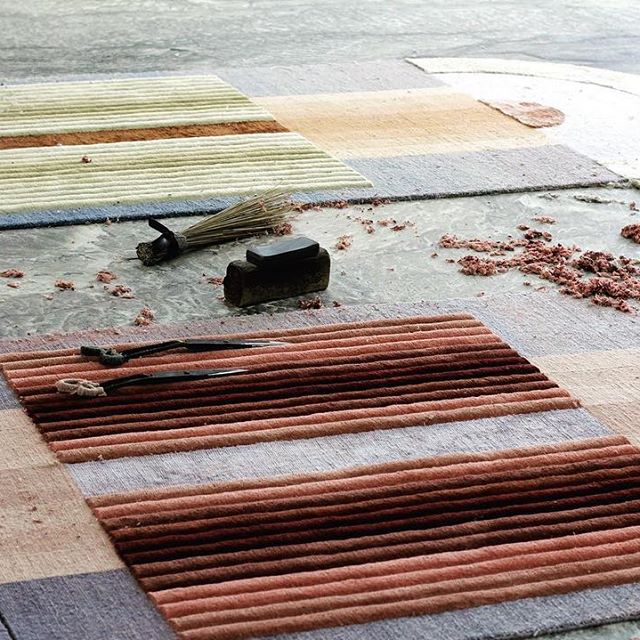
– Now that you have seen how much work goes into each rug, has your view on hand-knotted rugs changed?
I think I love it more now. I also will tell the story about how special it is, it’s worth every penny, seeing the amount of work, time and effort that goes into creating it, they are really pieces of art, and yes, I will continue to make a lot of rugs I think.
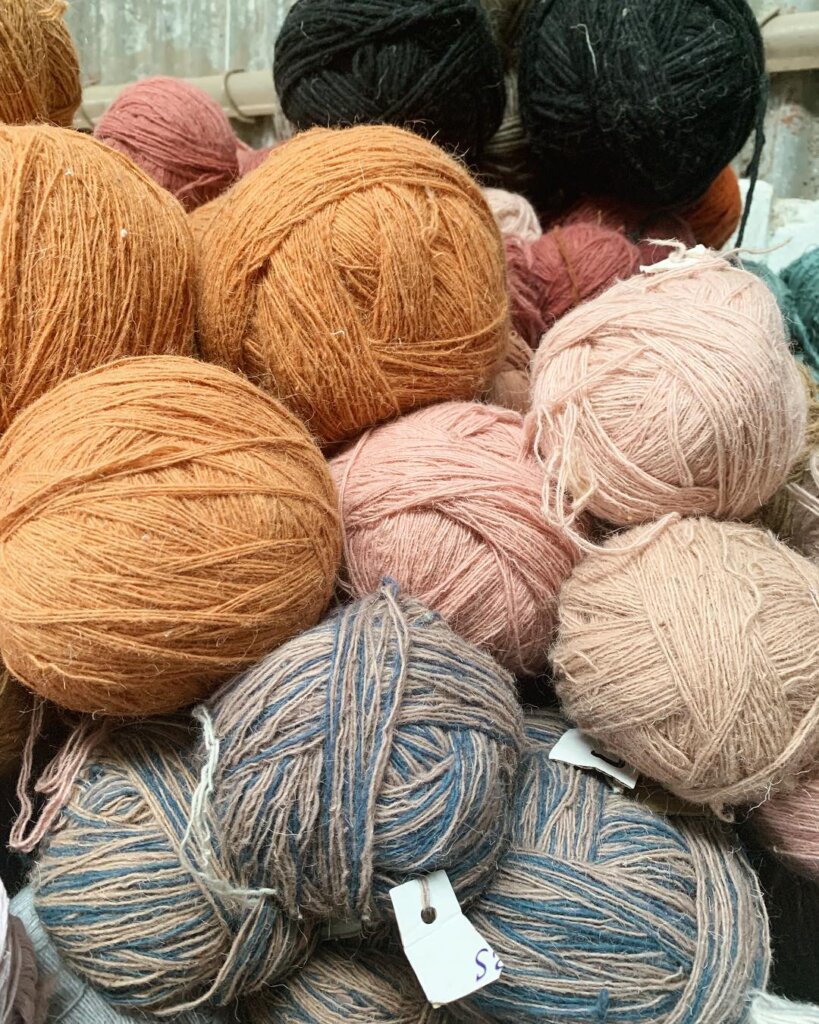
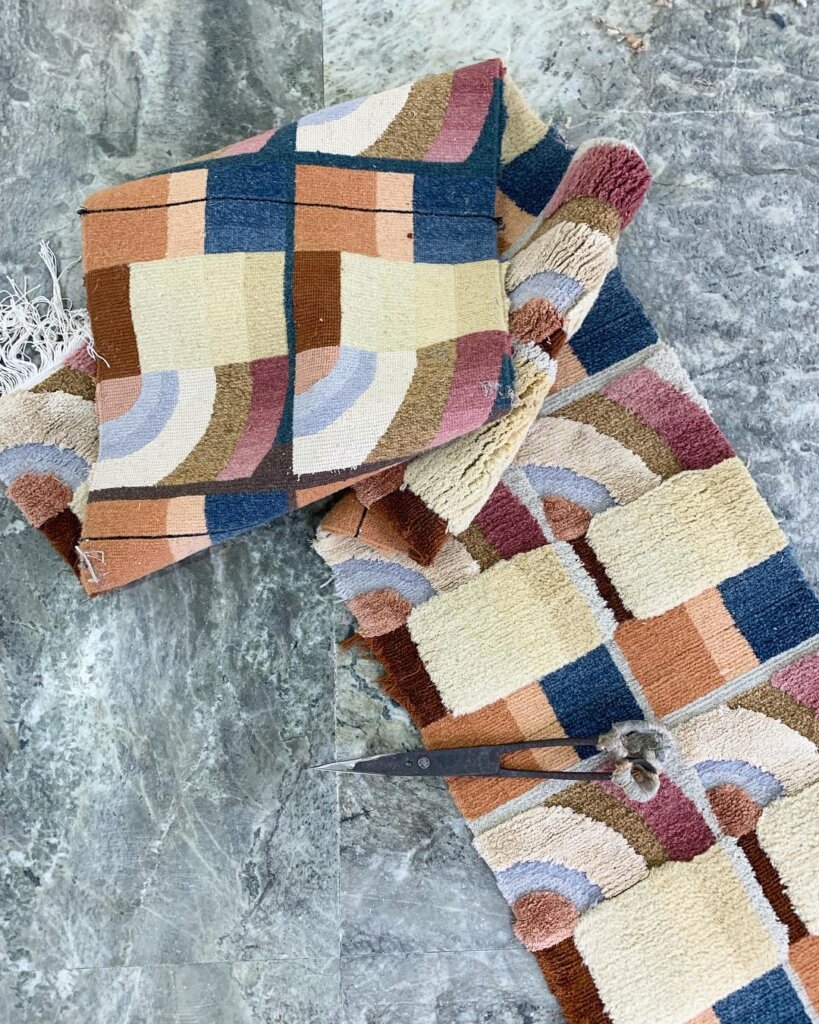
– What did you think about Nepalese and Tibetan culture?
It is really very interesting. Super nice, colorful, open-minded and happy people! They live in harmony with nature and have respect for it, which is very nice.
It was also nice that by making these rugs, in a way we can support society there, giving people work and the means to support their families and even getting their kids to school, well then you know… everyone benefits from it. That makes the process extra special.
